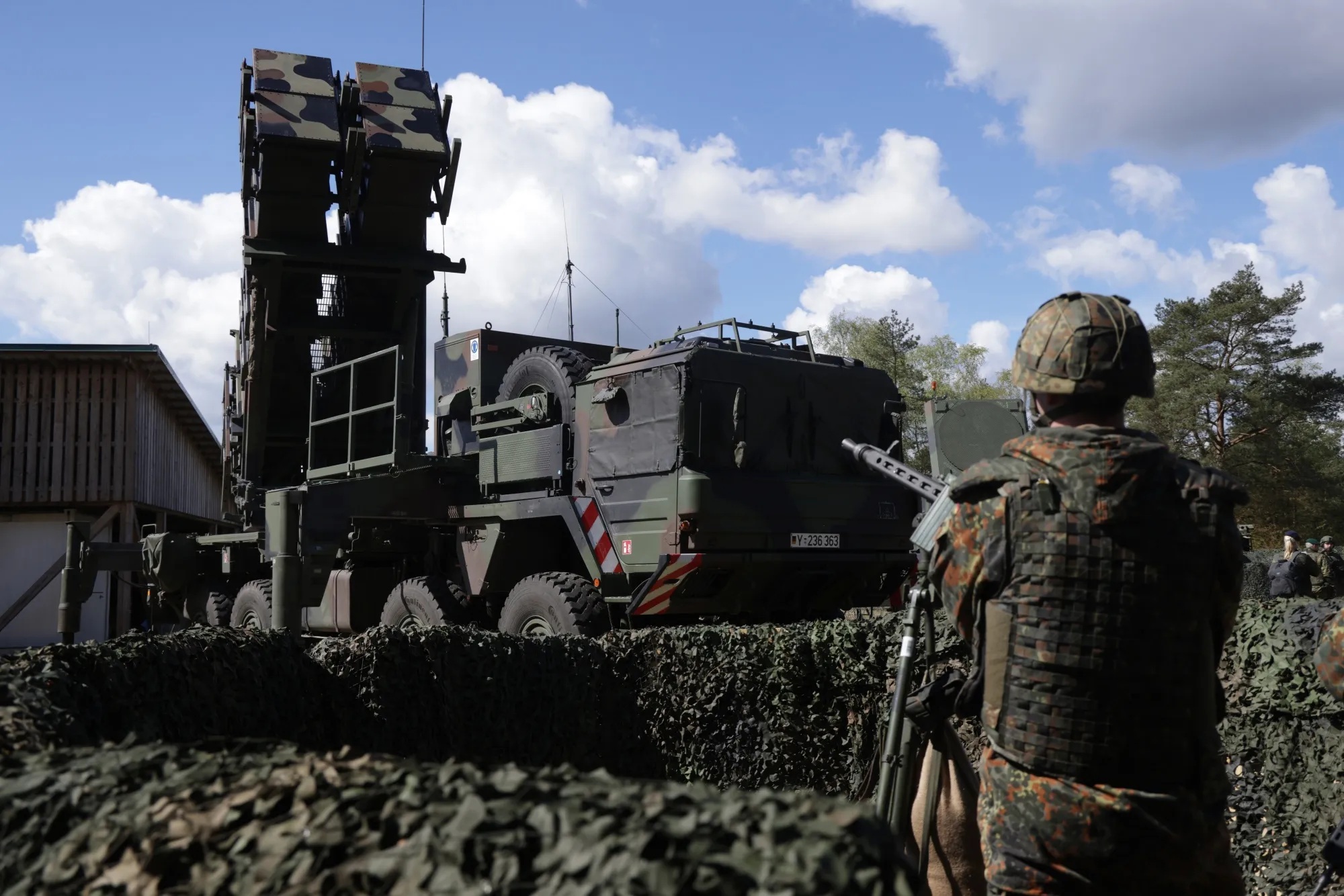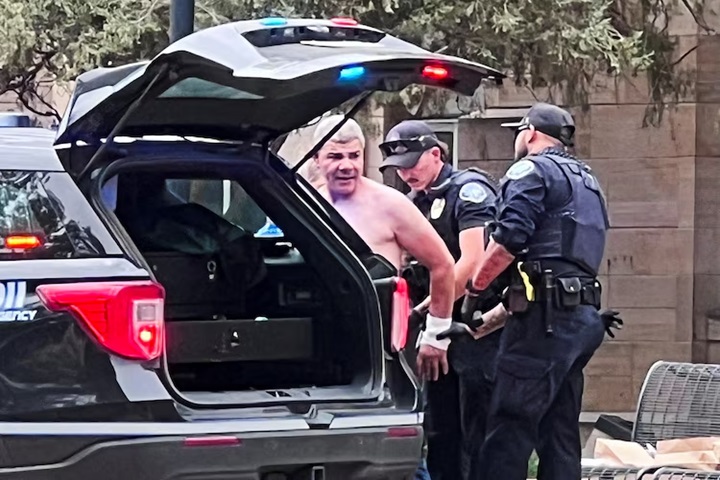European nations intensified their support for Ukraine this week, committing new air defense systems and ramping up economic pressure on Russia, while signaling a growing divergence from the United States in both strategy and ideology over the conflict.
In a significant move, according to online media reports, the European Union announced its 18th package of sanctions targeting Russia, aiming to cut off the last remnants of Russian energy imports to the bloc.
At the same time, European leaders proposed a fivefold increase in the EU’s common defense budget, aiming to strengthen domestic defense production and reduce reliance on American weaponry.
During the latest meeting of the Ukraine Defense Contact Group, a coalition of 52 nations coordinating military aid to Ukraine, EU leaders persuaded the United States to rejoin symbolically.
Although Washington opted out of providing additional aid.
It marked the first participation by US Defense Secretary Pete Hegseth since February.
In February, Hegseth told European allies that expecting a full Ukrainian victory, including reclaiming all Russian-occupied territory, was unrealistic.
Russia Advances as Ukraine Strikes Back
On the battlefield, Russia continued making incremental gains.
Over the past week, its forces captured Degtyarnoye in Kharkiv, Popov Yar in Donetsk, and Kamenskoye in Zaporizhia.
More recently, they seized Belaya Gora and Novotoretskoye in the eastern Donetsk region.
Despite holding the line, Ukraine has launched retaliatory strikes deep into Russian territory using long-range drones.
Russian officials claimed their air defenses intercepted 13 drones near Moscow over the weekend, with more attacks disrupting traffic at Sheremetyevo Airport.
On Monday, Moscow said it downed 74 drones, some of which apparently hit their targets, sparking a fire at a train station in Rostov and disrupting transport in the Caucasus.
Ukraine also reportedly targeted key military infrastructure.
On June 11, Ukrainian drones struck the Lukhovitsky Aviation Plant, which manufactures MiG fighters, and the Shipunov Design Bureau, a developer of anti-aircraft missile systems.
A day later, a gas pipeline in Khanty-Mansiysk, vital for Russian military industry, was allegedly destroyed.
Boosting Ukraine’s Air Defense
At the Ramstein-format meeting, the UK and Germany committed to jointly providing Ukraine with additional anti-aircraft missiles.
British Defense Secretary John Healy and his German counterpart Boris Pistorius emphasized the urgency of reinforcing Ukraine’s air defense capabilities.
Ukraine currently relies on a combination of systems, including the German IRIS-T, US NASAMS, and SHORAD systems, to fend off escalating drone assaults.
Between July 17 and 22, Ukraine intercepted or neutralized 833 out of 968 incoming drones, including an unprecedented 426-drone attack on a single night.
Ukrainian officials warn that Russia plans to escalate further, with intelligence suggesting Moscow aims to launch drone strikes involving as many as 2,000 drones in a single offensive.
In response, Ukraine is deploying both imported and domestically produced countermeasures, including radar-guided Gepard anti-aircraft guns and homegrown interceptor drones.
Ukrainian President Volodymyr Zelenskyy has made expanding domestic arms production a key priority.
While inaugurating a new government led by Yulia Svyrydenko, Zelenskyy declared that 40% of Ukraine’s current military hardware is domestically produced, a figure he wants to increase to 50% within six months.
“Our goal is to push the war back to Russian soil, so they understand the cost of their aggression,” Zelenskyy said.
Patriots and Long-Range Threats
Ukraine’s most effective defense against Russian ballistic missiles remains the US-made Patriot missile system.
Germany, following talks in Washington, pledged to help deliver five new Patriot systems to Ukraine.
While it appears Germany will foot the bill, the US has agreed to prioritize replacement orders for countries donating Patriots.
Zelenskyy also revealed Ukraine intends to purchase Patriot systems independently, potentially bartering with Ukrainian-manufactured drones.
He presented the idea to former US President Donald Trump, calling it a “win-win deal” and offering shared drone technology in return.
EU’s Strategic Shift
As US military aid becomes less certain, the EU is doubling down on its commitment.
European Commission President Ursula von der Leyen unveiled a €1.8 trillion ($2.13 trillion) seven-year budget on July 16, with €131 billion ($154 billion) earmarked for defense and space, five times the previous allocation.
This includes plans for a European Competitiveness Fund to support defense research, and a proposal to double the Ukraine Assistance Fund to €100 billion ($117 billion).
The EU’s new sanctions also go further than ever before.
They ban all remaining Russian energy imports, including refined oil products, and blacklist 105 vessels linked to Russia’s shadow tanker fleet.
Financial sanctions have expanded, with 45 Russian banks now cut off from EU markets. Additionally, 11 non-Russian companies aiding Russia’s defense sector were sanctioned.
Diplomacy Still on the Table
Despite the mounting pressure, diplomacy hasn’t been abandoned. Ukraine and Russia have agreed to a third round of direct peace talks in Istanbul.
There is speculation that a meeting between Putin and Trump could occur in China during the country’s WWII commemorations.
Although Trump’s historic animosity toward China may prevent such an encounter.
Meanwhile, US Air Force General Alexus Grynkewich warned that the West may have just 18 months to prepare for a global conflict involving both Russia and China.
“We will need every piece of equipment and every munition we can get,” he cautioned.
As Europe arms Ukraine and fortifies itself, the specter of a broader geopolitical clash looms ever larger.



